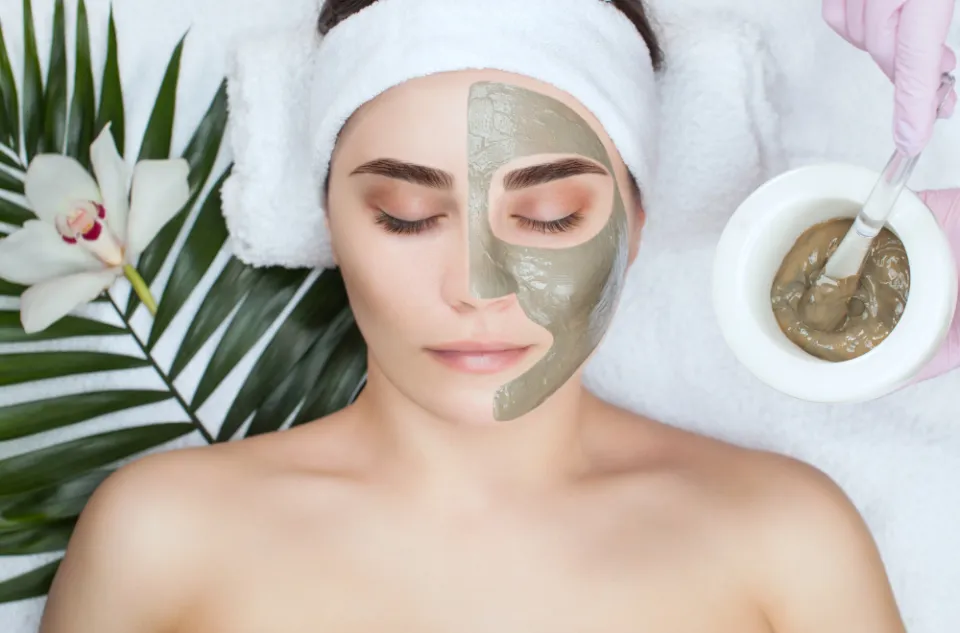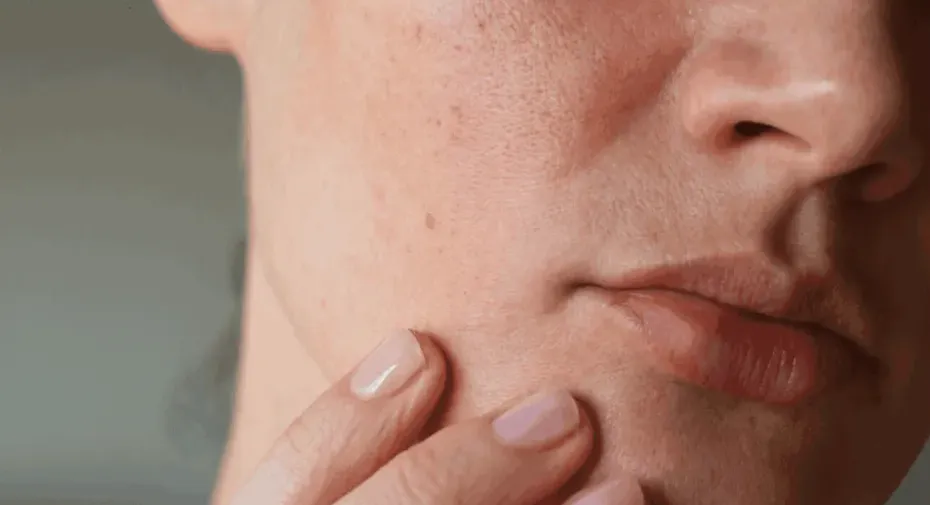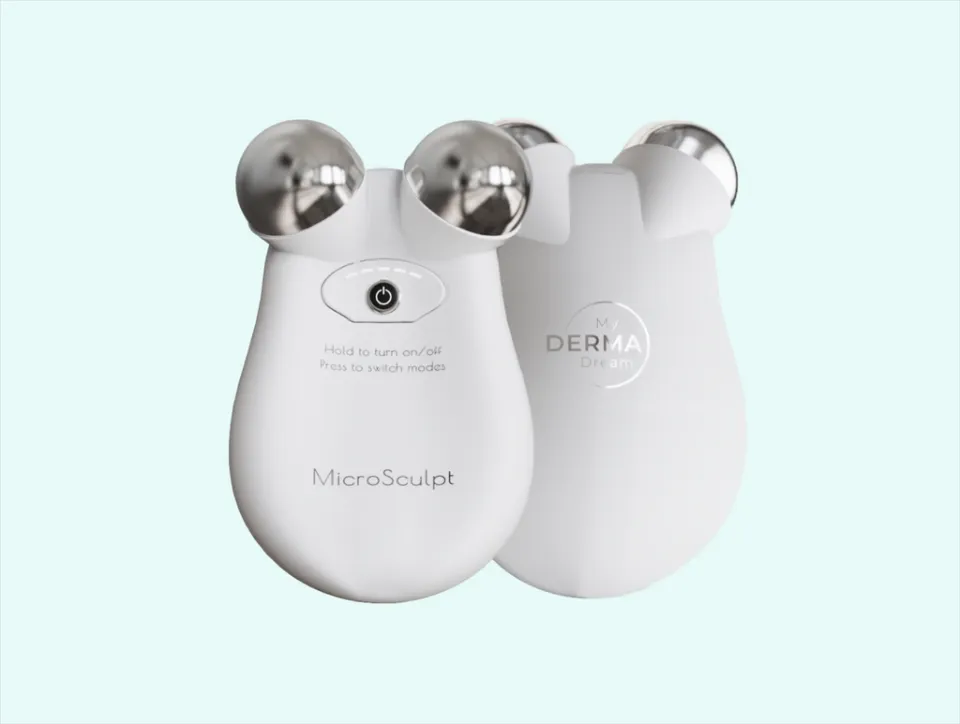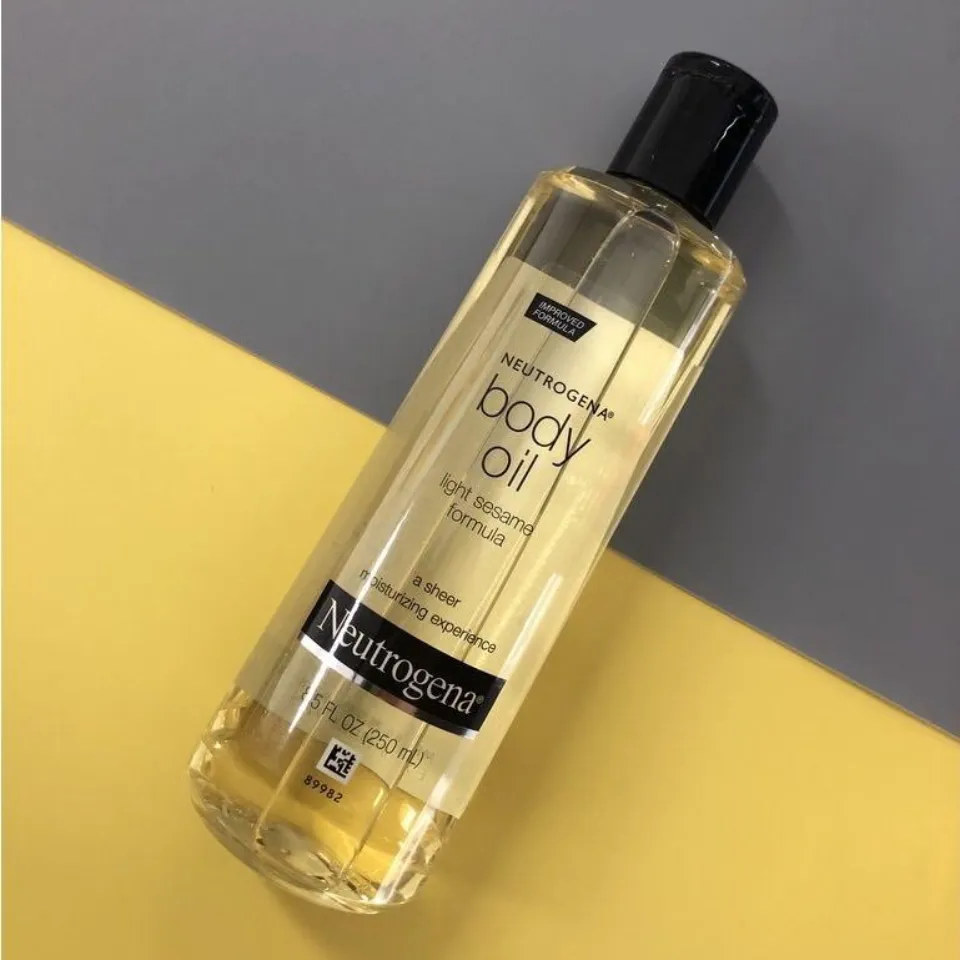The largest organ in your body, your skin occasionally needs a fresh start. Exfoliation is required to remove dead skin on a regular basis. Here is a complete guide on how to remove dead skin on face.
By pulling clothes on and off and other common daily tasks, dead skin cells are shed. A person is unaware when old skin cells fall off throughout the day.
There are many different types of exfoliators, including chemical processes and brushes. Learn more about selecting the ideal exfoliator for your skin in the following paragraphs.
Why Exfoliate?
You must be aware of the benefits of exfoliation for healthy-looking skin in order to comprehend this.
Human skin is constantly regenerating itself. New cells that form in the dermis, the basal layer of the epidermis, the lower layer of the skin, replace old cells on the top layer of the skin as they die. The natural regenerative abilities of our skin, however, become less effective as we age. By removing old skin cells and making room for new ones, exfoliation is a technique we can use to aid in the skin’s natural regeneration process.
Utilizing products that assist in removing the outermost layer of skin to reveal the fresh skin beneath, we exfoliate the skin. There are primarily two methods of exfoliating the skin: chemical and physical exfoliation.
Physical exfoliation involves the usage of scrubs, whereas chemical exfoliation uses products that contain enzymes which can help dislodge the dead cells from the skin by their chemical action.
How to Remove Dead Skin on Face: Chemical Exfoliation

Chemical exfoliation is the least aggressive exfoliation technique, despite sounding harsh. You can easily overdo it, so make sure you adhere to all of the manufacturer’s instructions.
Alpha Hydroxy Acids
Alpha hydroxy acids (AHAs) are plant-based ingredients that help to dissolve dead skin cells on the surface of your face. They work best for dry to normal skin types.
Common AHAs include:
- glycolic acid
- citric acid
- malic acid
- lactic acid
On Amazon, you can find a selection of AHA exfoliators. One or more AHAs may be present in a product. If you’ve never used AHAs, you might want to start with a product that contains just one AHA so you can observe how your skin responds to various ones.
Beta Hydroxy Acids
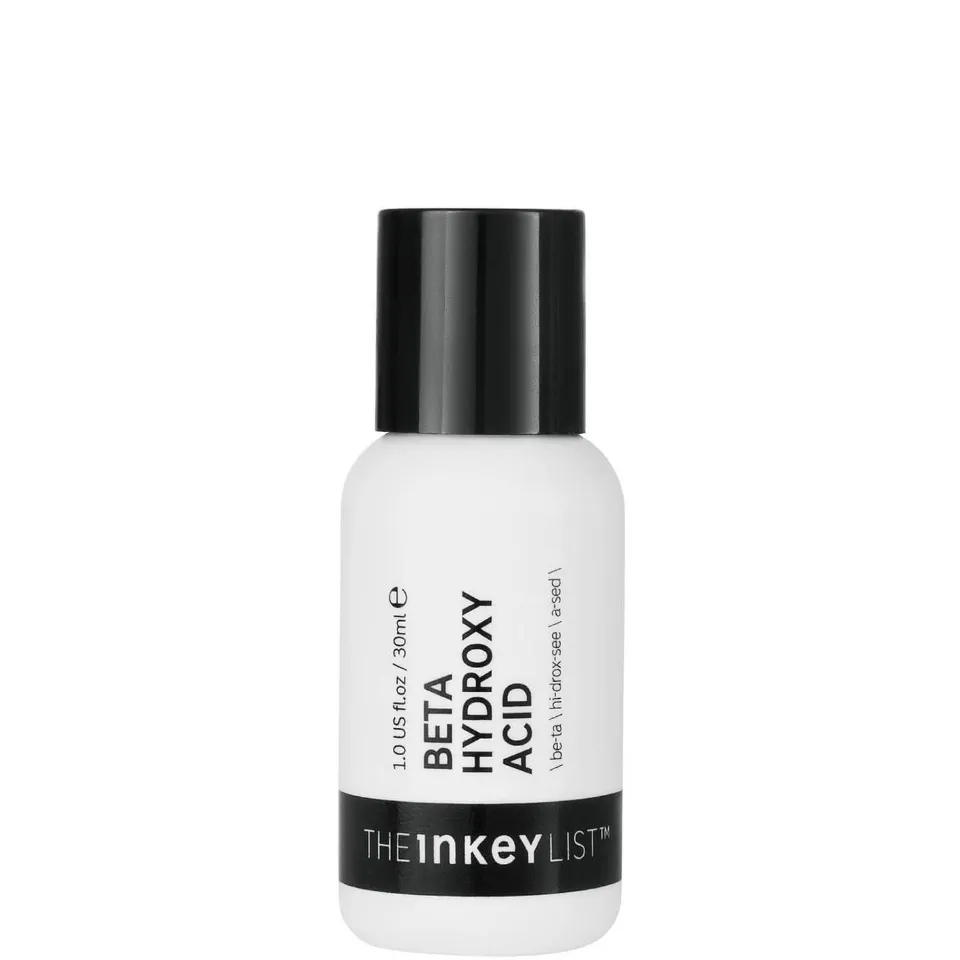
Beta hydroxy acids (BHAs) remove dead skin cells from deep within your pores, which may help to lessen breakouts. They are a good option for skin that is oily, combination, or has sun spots or acne scars.
Enzymes
Peels with enzymes remove the dead skin cells from your face and are typically made from fruits. Enzyme peels won’t increase cellular turnover like AHAs or BHAs do, so they won’t expose a new layer of skin. For those with sensitive skin, this makes them a particularly good choice.
Related Posts:
- How to Treat Dry Skin on Face During Pregnancy?
- How to Get Rid of Textured Skin on Face?
- How to Treat Peeling Skin on Face?
- How to Get Smooth Skin on Face?
How to Remove Dead Skin on Face: Mechanical Exfoliation
In contrast to chemical exfoliation, mechanical exfoliation removes dead skin physically. It works best on normal to oily skin and is less gentle than chemical exfoliation. On sensitive or dry skin, stay away from mechanical exfoliation.
Powders
Fine particles are used in exfoliating powders like this one to absorb oil and scrub away dead skin. You can apply it to your face by combining the powder with some water to make a paste. Use less water to make a thicker paste for stronger results.
Dry Brushing
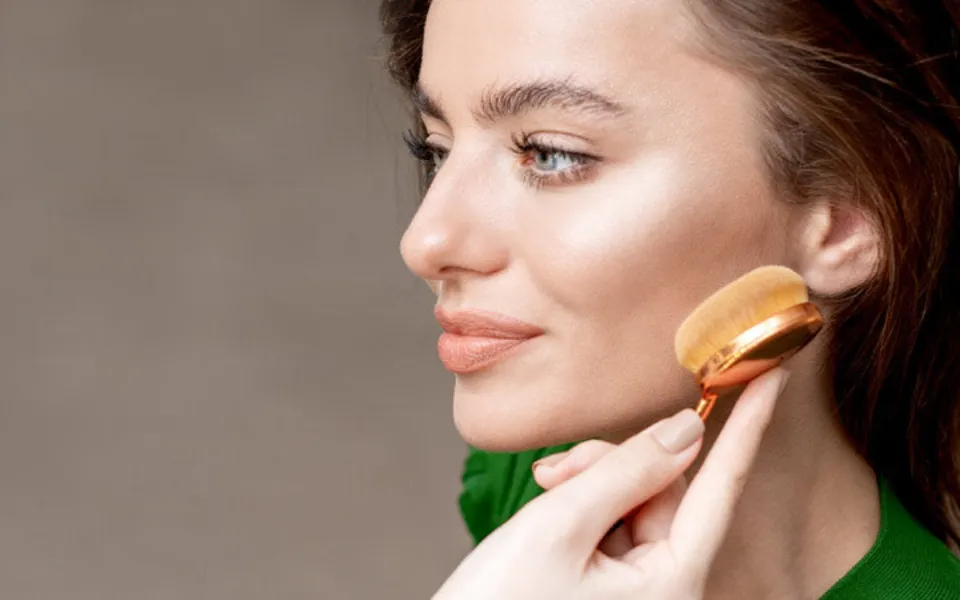
Dead skin cells can be removed by dry brushing with soft bristles. For up to 30 seconds, gently scrub damp skin in small circular motions with a small brush with natural bristles, like this one. Only skin free of irritation or minor cuts should be used for this method.
Washcloth
If you’re among the fortunate few who have normal skin, you might be able to exfoliate by simply wiping your face with a washcloth after drying it. Use a soft washcloth to gently wipe away dead skin cells and dry your face after washing it.
What to Avoid
Here are some things to avoid when exfoliating and advice on how to keep your skin healthy.
- The American Academy of Dermatology advises caution when using products that already contain retinol or benzoyl peroxide. Skin issues may result from exfoliating after using these products.
- Avert purchasing items made for use on other parts of the body because they are too harsh for the delicate skin on the face. Select a product designed specifically for facial use.
- Exfoliating damaged, sunburned, or skin with a skin condition is not recommended. It is possible to determine whether an exfoliant will irritate skin by testing it on a small patch of skin.
- Apply a high factor sunscreen and moisturize after exfoliating to protect the skin. UV light sensitivity is increased by all exfoliation.
- Exfoliate your skin before shaving or using other hair removal techniques. This aids in preventing pores from becoming clogged with dead skin cells as a result of shaving, which may cause pores to open up.
- Exfoliating shouldn’t be done the night before or the morning of a big event. The removal of dead skin from the face could result in some irritation or redness.
Summary of How to Remove Dead Skin on Face
There are many straightforward recipes for creating a scrub at home, as well as a variety of exfoliants available. Use exfoliants with care, as they can damage sensitive skin.
Even skin that is not sensitive can experience irritation from overusing exfoliants or using too harsh of products.
Making the skin look clearer can be achieved by gently exfoliating once per week using the right exfoliant for the person’s skin type. It might also aid in the treatment or avoidance of breakouts.
If you’re unsure of which exfoliator is best for you, consult your dermatologist.
Read More:
- How to Tighten Skin under Eyes?
- How to Regenerate Skin on Face?
- How to Tighten Face Skin With Exercise?
- Why Are My Feet So Dry Even When I Moisturize?
FAQs
What Causes Dead Skin on Face?
Numerous factors can contribute to dry facial skin. These include exposure to changing temperature or humidity levels, using harsh soaps, and skin conditions such as eczema.
Why Does My Face Have So Much Dead Skin?
Dead skin can accumulate on the face as a result of skin dryness and a lack of regular exfoliation.
What Does Dead Skin Look Like?
The surface of dead skin appears flaky, tough, and dry.

